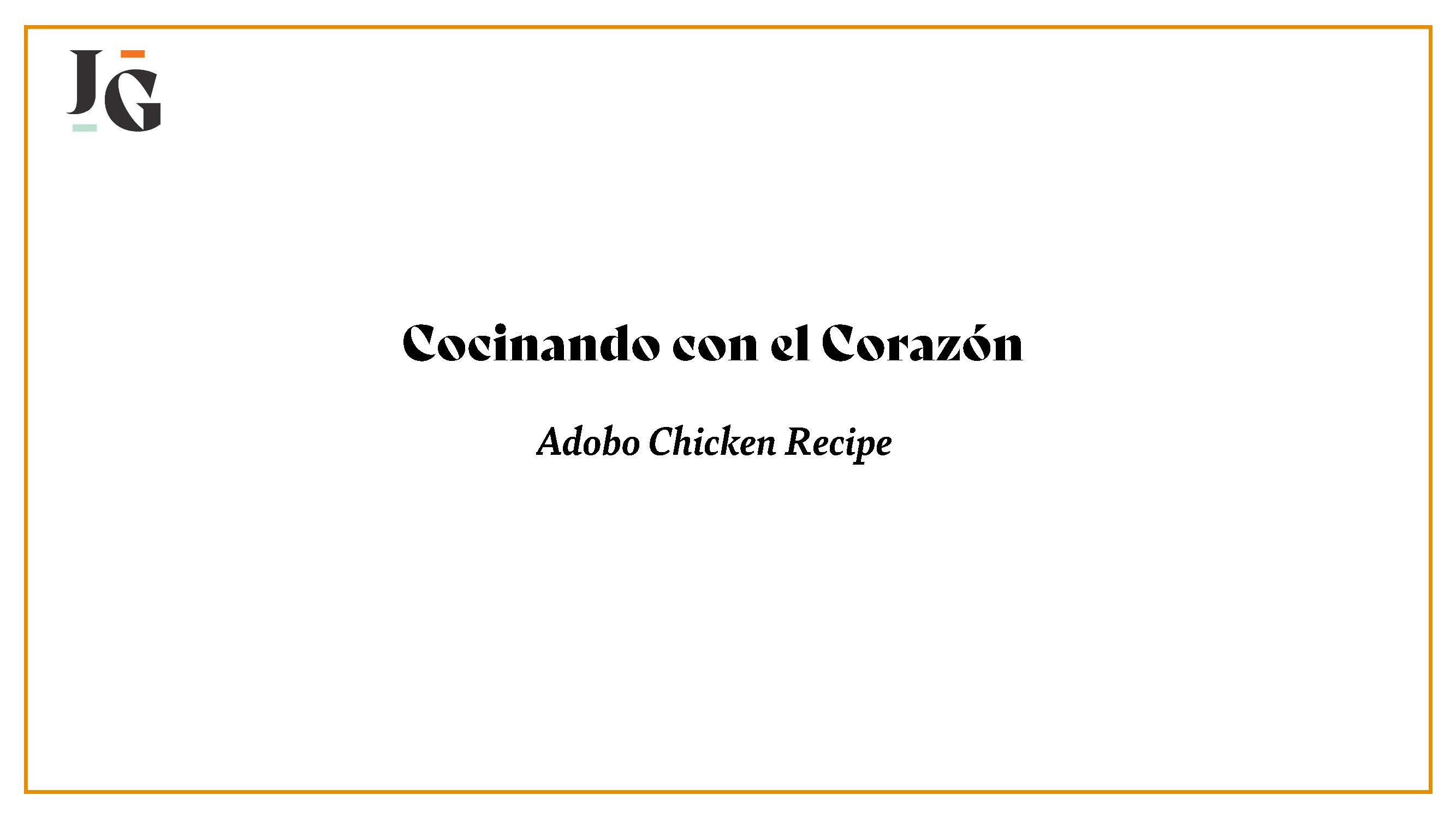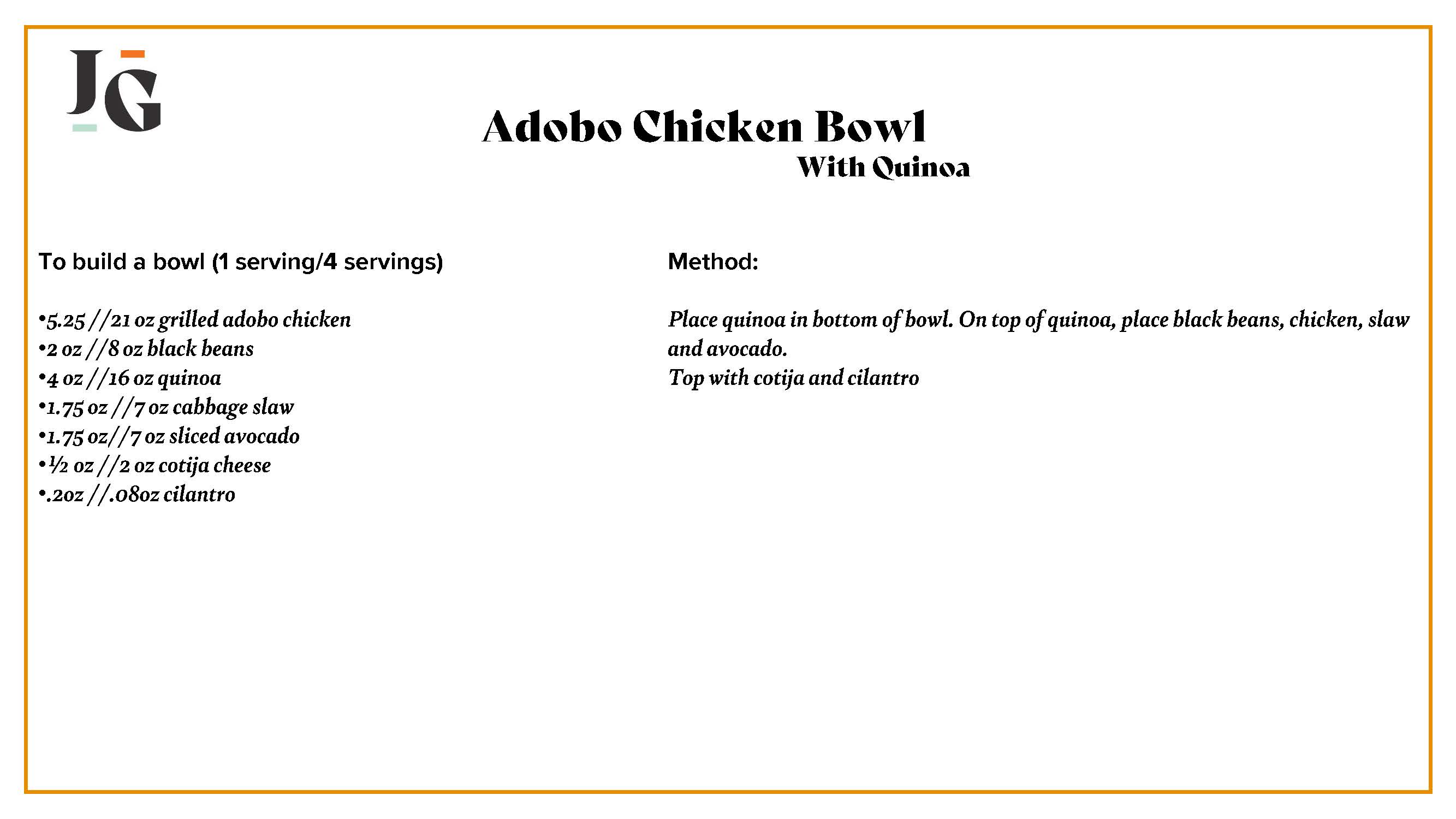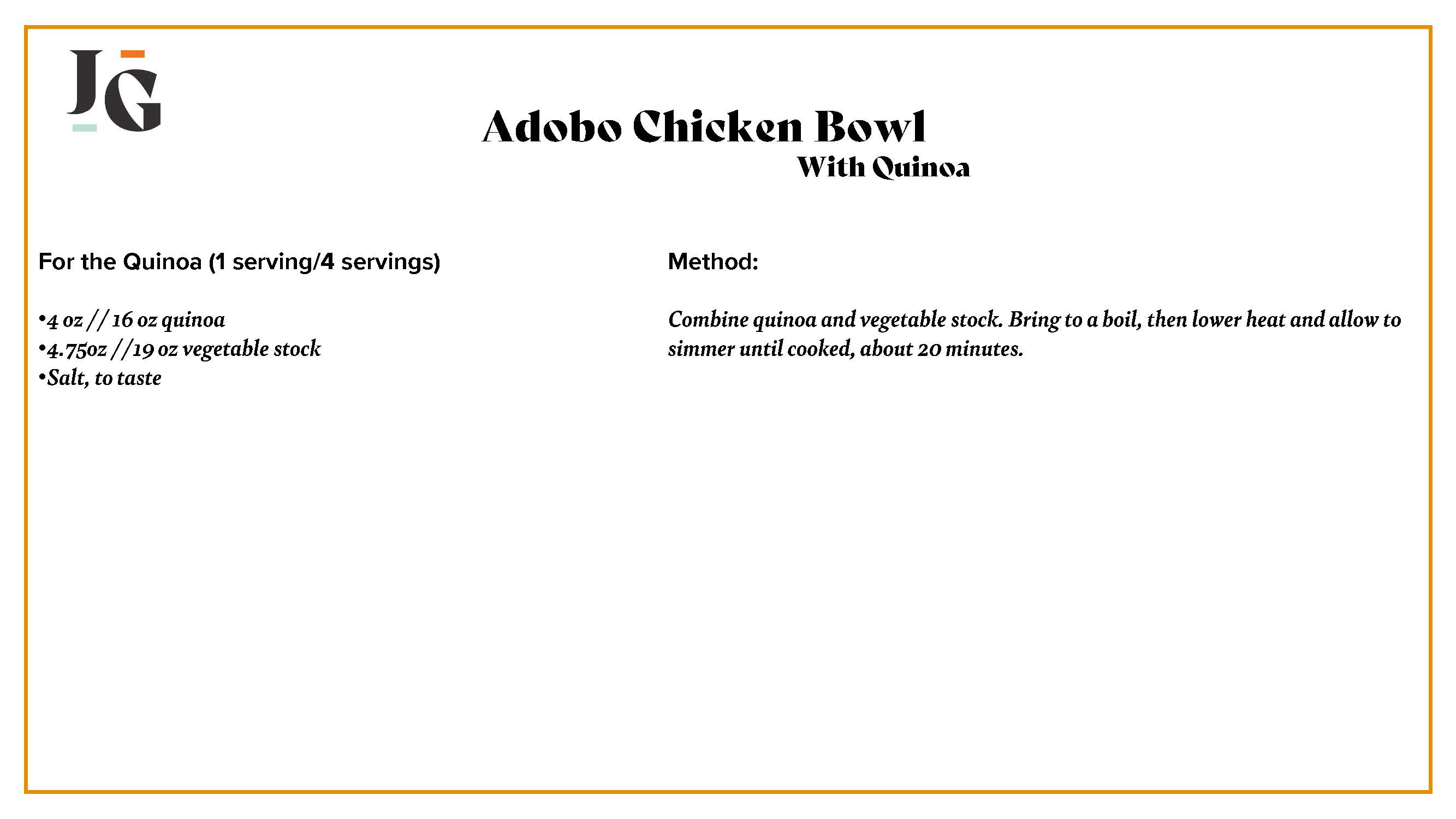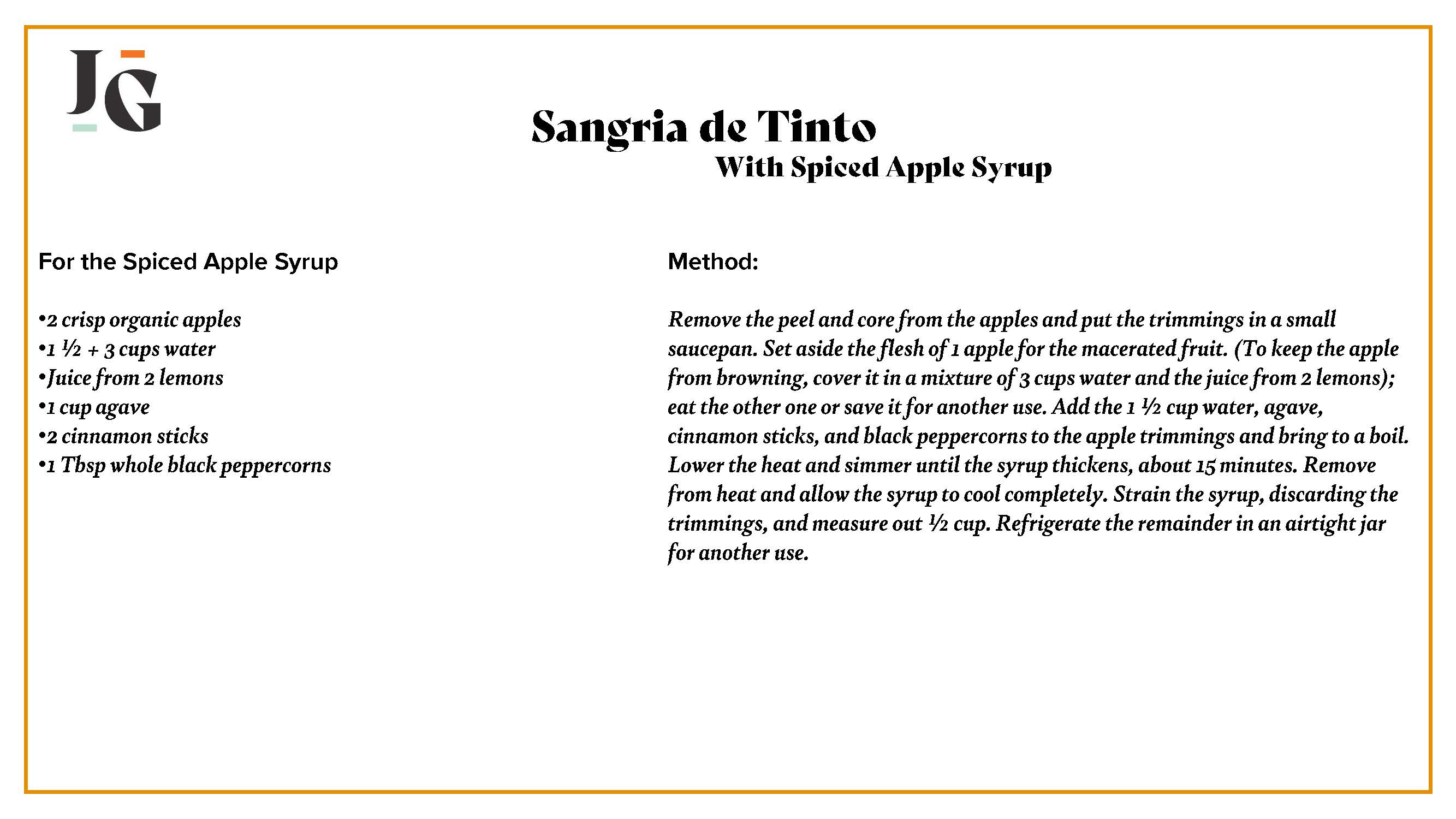Cocinando con el Corazón:
 cooks a heart-healthy dinner with Chef Jose Garces.
cooks a heart-healthy dinner with Chef Jose Garces.
The Iron Chef capped off Heart Month with a virtual heart-healthy dinner in partnership with the American Heart Association and Giant Food Stores.
In addition to being a month that honors Black History across the U.S., since 2009, February has also been celebrated as Heart Month, which urges Americans to recognize the nationwide problem of heart and blood vessel diseases and support essential programs that fight the problem.
By the numbers, heart disease is the number one cause of death in the U.S., according to the Centers for Disease Control (CDC). That translates to around one in four deaths in the country on an annual basis, which cost the U.S. $363 billion in 2016 and 2017.
Among Hispanics, heart disease accounts for around 20% of all deaths every year.
There are some genetic factors that can lead to heart disease, but a majority of the markers come as a result of one’s environment.
A major part of shaping a healthy environment to ward off future heart disease is in what we eat every day.
To help that discussion, AL DÍA hosted a virtual dinner on Feb. 24 with a heart-healthy meal prep from Jose Garces alongside Dr. Maribel Hernandez, volunteer at the American Heart Association (AHA).
{"preview_thumbnail":"/sites/default/files/styles/video_embed_wysiwyg_preview/public/video_thumbnails/_ipUm4WwtCQ.jpg?itok=emXQqHXN","video_url":"https://www.youtube.com/watch?v=_ipUm4WwtCQ","settings":{"responsive":1,"width":"854","height":"480","autoplay":1},"settings_summary":["Embedded Video (Responsive, autoplaying)."]}
“One of the things we start with in general, it’s really about flavor,” said Garces. “How do we get great flavor into whatever recipe we’re cooking?”
Like any great dinner, those flavors started with a cocktail — a spiced sangria Garces serves at his restaurants. It has a red wine base, and Hernandez followed up with some fast facts about the do’s and don’ts of consuming the alcoholic beverage responsibly.
In popular culture, red wine is often wrongly associated with heart health, and Hernandez said it is important not to consume it in excess. The AHA recommends consuming no more than one glass of red wine a day.
The recipe also includes fresh fruit, which infuse the wine with natural sugars.
The main course of the virtual dinner was chicken adobo with quinoa, black beans, avocado, and cabbage slaw. It starts with lean chicken breasts being seasoned with a rub that includes garlic powder, onion powder, paprika, black pepper, chipotle powder, brown sugar, cumin, dried oregano and olive oil (NOTE: salt was left out). All the ingredients were provided by Cocinando con el Corazón sponsor GIANT Food Stores.
"Using a variety of herbs and spices to flavor meals adds a depth of flavor without adding sodium, which in excess can increase our blood pressure and be harmful to our hearts," said Dietician Mary Robinson.
The chicken breast is then added to a hot skillet, where it is left to cook on both sides for around 20 minutes as a caramelized crust is formed with the spices. Be sure to let the breasts rest for a couple minutes after taking them off the heat to allow the juices to redistribute.
In heart healthy terms, Hernandez recommended always cooking with fresh ingredients — nothing processed — and incorporating lean, white meats, like chicken breast. The latter is to avoid saturated fats.
“There are a lot of good fats, but the saturated fats in some of the meats is what is harmful to the heart because you have high cholesterol and can cause blockages in the arteries,” she said.
As for oils, some of the recommended ones include olive oil, vegetable oil, corn oil, sunflower oil, and avocado oil. These provide unsaturated fats, which are healthy for the heart, according to Robinson. They can also be found in salmon, tuna, avocados and walnuts. Oils to avoid according to Hernandez are coconut oil and palm kernel oil.
For the quinoa, a grain native to the Andes in Peru and Bolivia from all the way back in Inca times, Garces opted to use it as a leaner option over white rice or potatoes. In addition to antioxidants, Hernandez also said it has a high protein content and fiber, which can lower cholesterol.
“For people who have diabetes or pre-diabetes actually can stabilize your sugar levels,” she added.
According to Robinson, quinoa is one of the few plant-based proteins that is considered a "complete protein."
"Meaning that it has all the essential amino acids that our body needs to receive from food," she said.
In the recipe, with a ratio of two to one (liquid to quinoa), it is added to a pot of vegetable stock at medium heat. Once simmering, the heat is lowered to allow the quinoa to steam and absorb the stock.
When looking for stock, Robinson recommended searching out low or reduced sodium veggie stocks, or making one at home.
The black beans used in the recipe were canned. They’re strained before being added to an oiled pot with onions, garlic, sofrito, and a little bit of water to marry the flavors. The mixture should then be left on a simmer for five to 10 minutes to thicken.
For heart health, the first part of those instructions is most important according to Hernandez. Straining the canned beans before cooking with them can eliminate any excess salt. Like the quinoa, she also highlighted the beans’ high protein content and fiber. When shopping for canned goods, Robinson said to look out for products with "no salt added" or "low sodium."
To prepare for making the slaw, cabbage is julienned (cut into thin strips). It is then added to a bowl with lime juice, agave nectar and olive oil and mixed, salt was also left out of this portion of the recipe.
Garces uses the cabbage slaw to add texture to the meal, but in terms of heart health, Hernandez said it contains a lot of vitamins and fiber.
RELATED CONTENT
Other foods not used in the recipe, but highlighted for their healthy qualities during the virtual dinner were asparagus, sweet potatoes, dark chocolate, and blueberries. The last two were specifically highlighted for their antioxidants that prevent heart inflammation — which is a relatively new development in the battle against heart disease.
“Now we know that having blockages in the arteries is not all about cholesterol. It’s also inflammation that can cause problems with the arteries,” said Hernandez.
Diving deeper, Robinson said that blueberries and other berries contain what's called anthocyanins, which provide them their deep color and reduce inflammation.
To plate, Garces added the quinoa and black beans to the bottom of a bowl and topped the pairing with sliced chicken. That is then also topped with some of the cabbage slaw, sliced avocado, cilantro. Cotija cheese is also sprinkled on the black beans.
Cheese is not recommended for heart health, but as with anything, moderation is the key to maintaining health when it comes to food. Robinson said Swiss and Mozzarella are two cheeses with naturally less sodium than others.
Check out the entire cooking stream on AL DÍA’s YouTube channel. For more advice on becoming a healthier eater, GIANT Food Stores have teams of dietitians waiting to help.




















LEAVE A COMMENT: